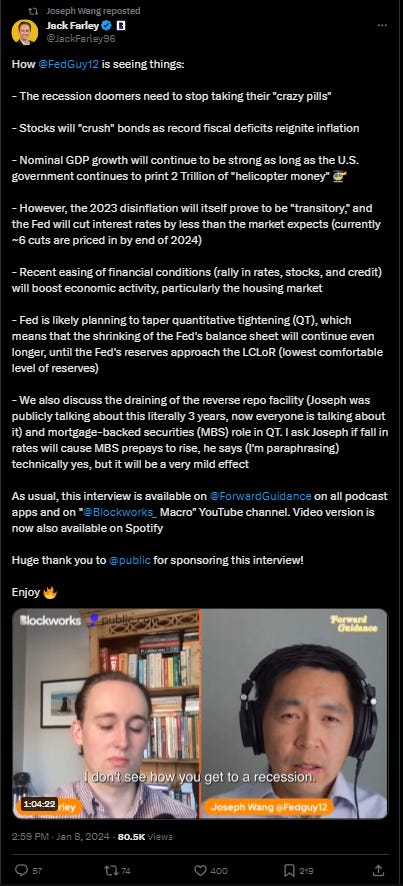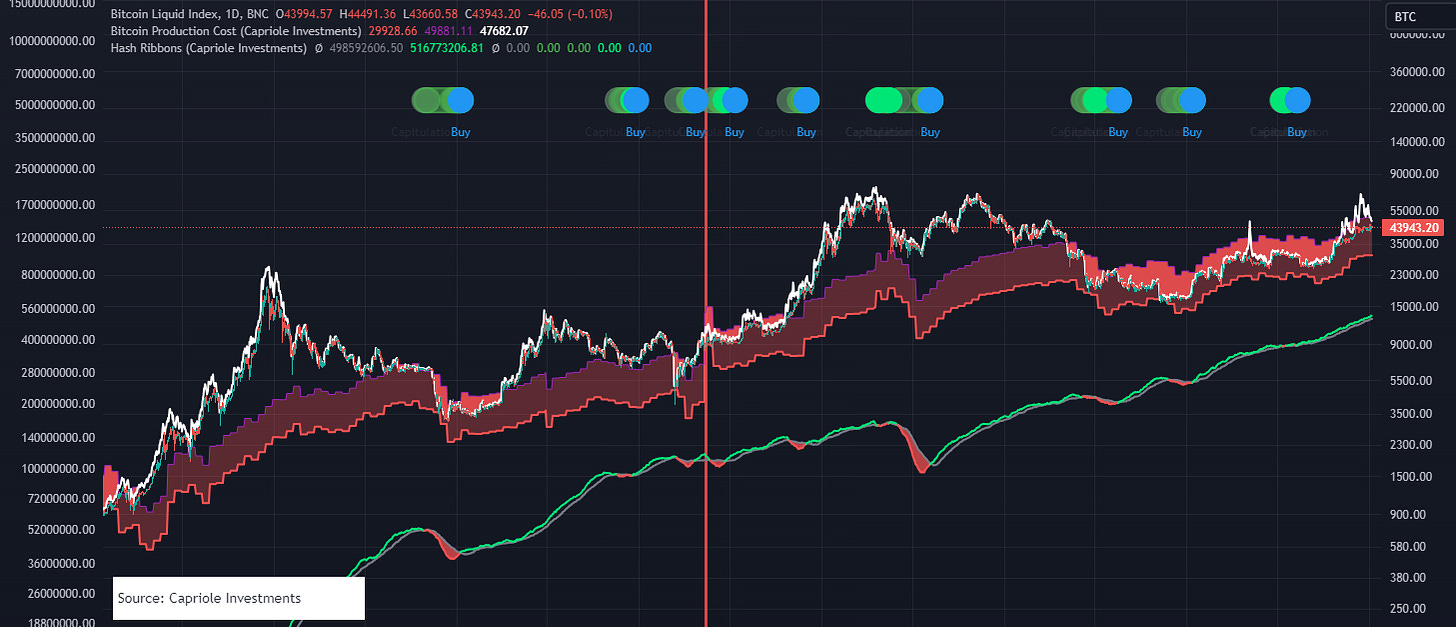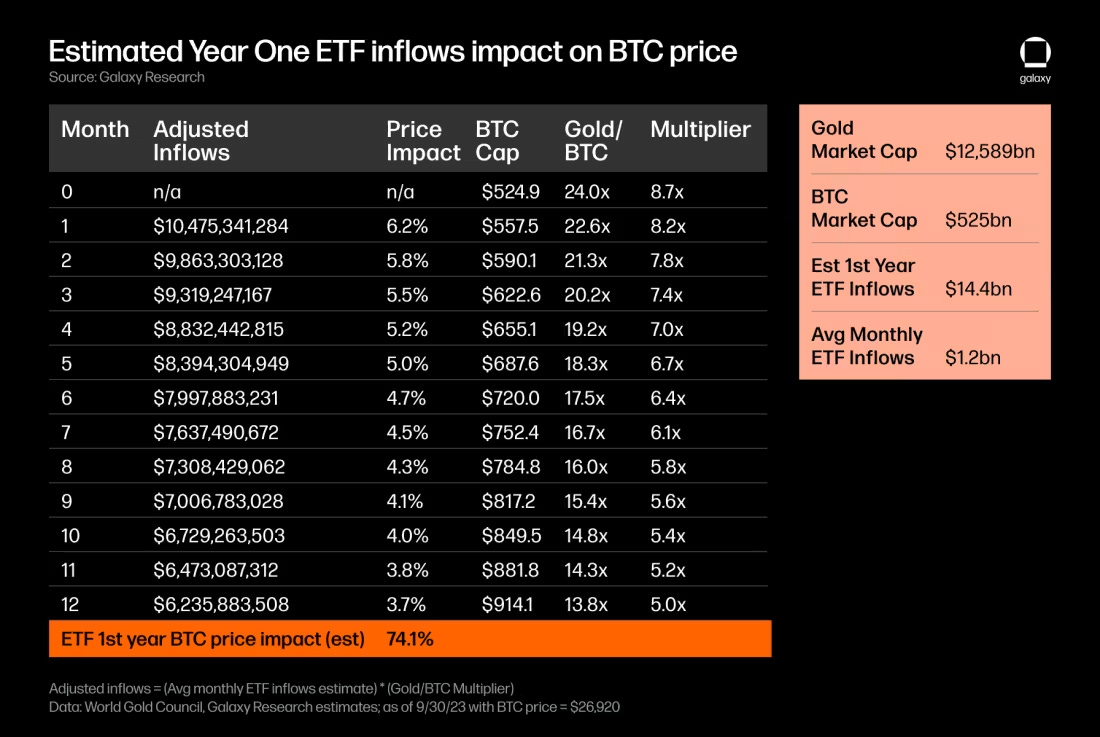My Top Investment Pick for the Decade
Extensive research has led me to believe this #1 pick for the decade is a portfolio must have!
Welcome NeuroInvest Readers!
Today’s article was originally intended to be a 5-part series exploring various meticulously researched portfolio picks. By the end writing this article, I realized the extent and time required to provide high-quality picks for the decade. Hence, I cannot commit to a specific timeline on sharing these picks until my research has rigorously tested my biases and convictions and compelled me to share my thoughts.
Article Overview
Analytical Methodology: The article opens with the long-term methodology thesis. Long-term portfolio strategy analysis is comprised of financial statement analysis, data analytics, and identifying key financial indicators.
Investment Strategies Overview: The essence of the strategy discussed is probability and quant driven. The strategy meticulously analyzes and decodes large data sets, and integrates insight from market experts, effectively the wealth of information into a comprehensible and understandable format.
Question of the day: This should be an explanatory one, and feel free to comment and you’re question could be included into the next article!
The Pick!
Introducing the Methodology
Quantitative Evaluation
Evaluating the systemic health of a company provides is the backbone for company valuations. These quantitative methods include: analyzing a financial statement, data analytics to find statistical correlations and trends, or identifying key financial indicators and benchmarks for comparative analysis.
Financial Statement Composition
Income Statement: Assess company’s profitability overtime.
Balance Sheet: Snapshot of the financial position, including what it owns and owes.
Cash Flow: Company’s cash inflows and outflows over a period.
Data Analysis: Time Series Analysis, Statistical Trends etc.,
Choosing the Right Strategy
There are several investment strategies that have been popularized due to their historical performance, income generation, and potential for growth. Each of these unique approaches is valuable and caters to an investor's risk tolerance and goals.
Dividend Investing: This strategy focuses on buying stocks of a company that pays regular dividends. A company that has a proven track record (strong financial statement) is able to pay out their share of investors. With the combination of positive returns in the value of the asset, you also earn yield - what is commonly known as a double compounding effect. For today's macroeconomic climate, the data hints at increasing these value stocks in one's portfolio. For one, the strong historic trend of financials allows the company to continue paying regular dividends.
Here are the other popular strategies.
Growth Investing:
Value Investing
Index Investing
Neuro Investment Strategy and Disclaimer
Remember, the glimpses of each investment option you read about today are by no means guarantees of success. My goal is to equip you with compelling research, in order to maximize the probability of success overtime. The fundamental tenet of NeuroInvest posits that peering into the future necessitates focusing not on predicting a singular outcome, but rather on understanding the spectrum of potential outcomes. The NeuroInvest Strategy takes a quant approach, compiling evidence that is backtested across historical trends. Each stock is picked to fit the relevant macroeconomic data, equipping the portfolio to the appropriate distribution of economic outcomes. I’ll definitely go over these strategies as I continue the following article series.
Question of the day
Why not just choose the basket of stock, chosen by the brokerages, like for example with the S&P 500?
Many opt to park their cash into broad market indices like the S&P 500. Even though this is a great approach, and in fact a very profitable approach over time, the return potential with individual stocks can indeed boost the margins on your portfolio. Historically, the S&P500 delivered an avg annual return of 7-10% after adjusting for inflation over the last century. Nominal Returns of about 10-12%, but that of course fluctuates year over year depending on many environmental circumstances.
While investing in a broad market index like the S&P 500 ETF provides a diversified, lower-risk portfolio with steady returns, individual stocks, particularly from high-performing companies like Microsoft, offer the potential for significantly higher returns. Such investments allow for a tailored strategy, aligning with personal insights and convictions about market trends and specific sectors. Moreover, investing in individual stocks brings direct benefits from corporate actions and leverages specialized knowledge into potentially above-average returns.
However, this approach carries increased volatility and company-specific risks, which diversified ETFs inherently mitigate. Thus, while ETFs like the S&P 500 provide a secure foundation, individual stocks offer growth potential and strategic flexibility for those prepared to manage additional risks. A balanced portfolio might combine the stability of broad market ETFs with the high growth potential of select individual stocks, leveraging the advantages of both strategies while mitigating their respective drawbacks.
Market Triangulation:
Since these article series are less about market dynamics, I think its best to listen to the market masters. Markets are likely to continue this goldilocks regime into 2024, largely ignited by continuous government spending, effective policy rates on inflation, and strong liquidity dynamics in the market. Jack Farley did a great summary of FedGuy12’s market analysis. I highly recommend listening to the podcast.
Pick #1: Bitcoin (BTC)
Annualized Avg Return: 134.11%
Sharpe Ratio (3% Risk-Free Rate) 1.73
Sortino Ratio (3% Risk-Free Rate) 1.85
Qualitative Assessment
Bitcoin is evolving beyond a speculative asset, its direction of widespread institutional adoption is becoming clearer. Its strong Sharpe ratio has attracted large institutional players who are using BTC to structure their strategic long-term portfolios. One of the most compelling narratives by far is that we’re at the brink of some of the biggest asset managers in the world (Blackrock, Fidelity, ARK Invest) getting approval for a BTC exchange traded fund. This would break the entry for a wide range of investors and detach the stigma of tomfoolery, as well as provide a steady influx of capital into the space overtime. It’s hard to push these institutional narratives aside, especially since there is ample evidence to support their strong interest. It's commonly known that the first to win the ETF approval race has indeed a leg up on their competitors. In this context, there has been a ETF issuer fee war. Competitors are reducing fees in anticipation of a surge in interest and investment, suggesting these issuers have high expectations for the growth of their Assets Under Management (AUM).
Beyond the impressive volatility adjusted returns (Sharpe ratio), there’s the versatility and expanding range of use cases. It's notably emerging as a source of renewable energy. Many operations have recognized the benefits of Bitcoin mining and are using it as a catalyst for effective energy management and improving clean energy use.
“Miners can seamlessly plug into energy grid operations; offering flexible power consumption, combined with geographical adaptability, distinguishes them as premium controllable loads.” 1
One could argue the narrative constantly changes, but in my opinion, the story changes because there’s so many dynamic use cases to begin with. A large part of the population is still unbanked and run down by corrupt governance in a broken fiat system, they’re using Bitcoin as a source of monetary stability. Countries like El Salvador and Venezuela have already adopted Bitcoin, signaling a domino effect where others may follow to escape hyperinflation and establish financial autonomy, further strengthening the narrative of Bitcoin as a tool for economic empowerment.
The amount of quality improvements on top of Bitcoin’s core, is solving many of the inherent issues of BTC’s early technology: Lightning network, Liquid network, and much more. It's slowly developing, but slow development equals quality in its progression and health of the overall system.
Are you starting to see why it's my number 1 on the list?
I hope I did the asset justice, as I believe that this beast of an asset that should not go unnoticed.
Investing in Bitcoin
Investing in Bitcoin can be done in various ways, from direct ownership to indirect exposure through investment products. Each method comes with its own set of risks and benefits. Here's an overview:
Private Key/Wallets: The most direct way to own Bitcoin is by purchasing it through a cryptocurrency exchange and storing it in a personal digital wallet. This method gives you full control over your holdings but requires understanding wallet security and managing private keys.Custodial Services:
Swan Bitcoin: Offers Bitcoin purchasing plans, including automatic recurring buys with a focus on long-term holding strategies.
River Financial: Aims to provide a simple and secure platform for buying, selling, and using Bitcoin, catering to long-term investors.
Hardware Wallets: Devices like Ledger or Trezor provide a secure way to store your Bitcoin offline, protecting against online hacking risks.
Indirect Exposure through ETF’s, Trusts, Stocks:
MicroStrategy (MSTR): A significant portion of its treasury reserves in Bitcoin. Investing in MicroStrategy is a way to gain exposure to Bitcoin's price movements indirectly
Grayscale Bitcoin Trust (GBTC): Allows investors to gain exposure to Bitcoin's price movements without buying or storing Bitcoin directly. It trades over the counter, not on a major exchange.
Quantitative Assessment
With Bitcoin you can’t really look at a snapshot of the financials, at least directly because it’s not a company. It's a network that fosters the development of various companies, monetary transactions and more; allowing us to get insight into these various network transactions, through the inherent transparency of the blockchain. With on chain analysis you take a snapshot of liquidity movements within a monetary network, providing a unique quantification of BTC value. So here’s the simplified quantitative outlook:
Tight Supply
The amount of long term holders- those less likely to sell their coin– have reached historical levels. This graph is implying a supply imbalance between those who acquired their position and are unwilling to realize their profit at current valuations. Still, the LTH cohort is showing signs of persistence to hold their positions.
The estimated cost of acquiring coin (LTH cost basis) through on-chain transactions) is $23,037, putting them into significant profitability. STHs Have a cost basis of $36,118 and the aggregate cost basis across the network is currently $25,612. In regards to these supply dynamics, it would take a significant amount of selling momentum from the largest holders to drive BTC price significantly down. This is exemplified through a supply dynamic model– which looks at the relative holdings of LTHs to STHs– currently displaying a 98th percentile. In other words, LTHs are holding the largest supply since inception.
Valuation by Energy Production
There’s many models that can help quantify the fair value of BTC, one of them being the production cost model created by Charles Edward. The Bitcoin's production cost model quantifies the fair value by analyzing the price of bitcoin relative to its production costs, including electricity and hardware expenses. The model provides insight into the profitability of BTC mining businesses.
The assumption here is “historically, the electrical cost to produce a Bitcoin has represented a price floor in the Bitcoin market price.” 2
If miners– being a significant contributor to the inflation rate– are producing BTC at a significant loss, which is calculated by the relative market value to operation cost, they are probabilistically going to hold their positions as opposed to sell (largely depending on the scenario of course). With all the competitors logging in and mining, the production cost, or estimated fair value is increasing, which subsequently increases the asking value.
Institutional drivers
Galaxy estimates significant inflows into Bitcoin ETFs, projecting approximately $14 billion in the first year post-launch, potentially increasing to $39 billion by the third year. This inflow could substantially affect the BTCUSD price, with a projected +74% increase in the first year of ETF approval. This is based on the assumption that a dollar-equivalent amount of fund inflows would have a greater impact on Bitcoin markets compared to gold markets. For a detailed analysis, you can review the full document here.
Conclusion
In conclusion, the probabilistic distribution of outcomes increasingly favors BTC’s potential. Galaxy Research's projections of rapid growth, coupled with the cusp of institutional adoption and recognition as a green energy source, present a compelling case. Given these factors, allocating a portion of an investment portfolio to Bitcoin and maintaining it for the next decade seems a prudent strategy.
Stay tuned for pick #2 Next week!
https://medium.com/capriole/bitcoins-production-cost-88d889462ea7 - Production Cost Model Article
https://www.galaxy.com/insights/research/sizing-the-market-for-a-bitcoin-etf/








